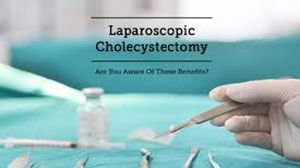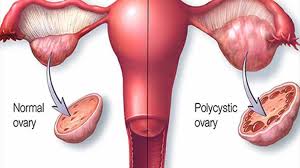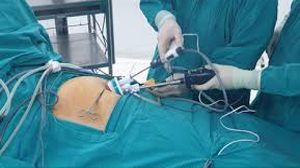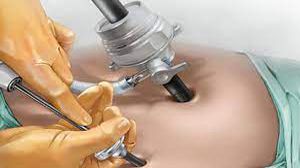Laparoscopic Management of Genitourinary Prolapse Lecture by Dr R K Mishra
Add to
Share
434 views
Report
2 months ago
Description
The field of minimally invasive surgery has brought revolutionary changes in the management of complex gynecological and urological disorders. One such condition, genitourinary prolapse, which significantly affects the quality of life in women, is now being effectively managed through laparoscopic techniques. In his insightful lecture, Dr. R. K. Mishra, a world-renowned laparoscopic and robotic surgeon, explores the latest advancements and techniques in the laparoscopic management of genitourinary prolapse. Understanding Genitourinary Prolapse Genitourinary prolapse, commonly referred to as pelvic organ prolapse, occurs when the pelvic floor muscles and tissues weaken, leading to the descent of organs such as the uterus, bladder, or rectum into the vaginal canal. This condition often presents with symptoms such as pelvic pressure, urinary incontinence, difficulty in voiding, constipation, and impaired sexual function. Traditional management relied heavily on open surgery or vaginal procedures, but with the advent of laparoscopy, the approach has become more precise, less invasive, and associated with faster recovery. Key Highlights of Dr. Mishra’s Lecture In his lecture, Dr. Mishra provides a comprehensive understanding of both the clinical and surgical aspects of laparoscopic treatment for genitourinary prolapse: Patient Evaluation and Diagnosis Detailed preoperative assessment including urogynecological examination. Use of imaging and urodynamic studies to identify the extent of prolapse. Laparoscopic Surgical Techniques Laparoscopic Sacrocolpopexy: Considered the gold standard for apical prolapse, restoring normal vaginal axis and function. Laparoscopic Paravaginal Repair: For correction of lateral defects in cystocele. Uterine Suspension Procedures: Preserving the uterus while correcting uterine prolapse. Combination approaches for complex multi-compartmental prolapse. Advantages of Laparoscopic Management Less postoperative pain and faster recovery. Reduced blood loss compared to open surgery. Superior visualization of pelvic anatomy with magnification. Better functional outcomes and lower recurrence rates in expert hands. Use of Mesh and Grafts Discussion on safe use of synthetic mesh for reinforcement. Importance of patient selection and risk minimization for mesh-related complications. Postoperative Care and Outcomes Early mobilization and short hospital stay. Long-term quality of life improvements, especially in urinary and sexual functions. Significantly reduced recurrence with advanced laparoscopic methods. Dr. R. K. Mishra’s Expertise Dr. Mishra emphasizes the importance of surgical skill, anatomical knowledge, and technological precision in ensuring the success of laparoscopic prolapse repairs. With his decades of experience in teaching and performing minimal access surgery, he highlights the value of structured training for gynecologists and urologists to master these complex procedures. Conclusion The lecture by Dr. R. K. Mishra on Laparoscopic Management of Genitourinary Prolapse underscores the transformative role of minimally invasive surgery in treating pelvic floor disorders. By combining advanced laparoscopic techniques with patient-centered care, surgeons can offer women a safer, more effective, and long-lasting solution to prolapse, thereby restoring both physical comfort and confidence.
Similar Videos






